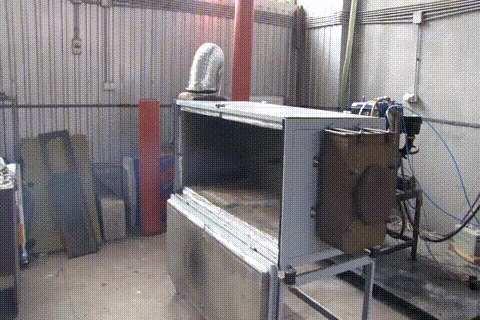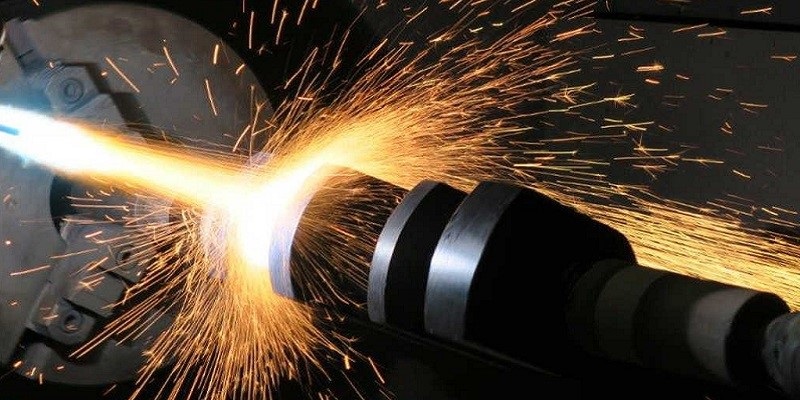What are the thermal spraying techniques?
Thermal plasma spraying is a popular technique for applying coatings to a variety of materials but there is more than one thermal coating method. Each is ideal in different circumstances, on different materials with different surface and finishing requirements.
Even within a single technique there are many parameters that can be adjusted to produce different characteristics; porosity, thickness, bond strength, uniformity and so on. As a result, while modern surface treatments radically extend the possibilities for designers and manufacturers, many of them still need specialist assistance to arrive at the best solution.
Here is an outline of several of the most common methods for applying a spray coating.
Spray and fuse
The coating material is sprayed on first and then melted (‘welded’) into the surface with an acetylene torch. The process can even be automated (see https://www.asminternational.org/web/tss/news/videos/-/journal_content/56/10192/42793002/VIDEO).
Flame spraying
The coating material may begin as a rod, wire or powder but then is softened by a flame and blown onto the surface through a narrow nozzle. This is a relatively cheap method but does not produce the best results.
Detonation spraying
Rather like an internal combustion engine, successive spark-induced detonations of oxygen and fuel, often acetylene, propel particles through the application tube. Very high temperatures allow the spraying of materials that don’t readily liquefy (for example many oxides or molybdenum).
HVOF (high velocity oxy-fuel) spraying
This has similarities to detonation spraying but the gases combust rather than explode and application is more continuous. Coatings can be thick with high bond strength and low porosity. ‘Warm spraying’ is a modification which introduces nitrogen to lower the combustion temperature. HVAF (high velocity air fuel) is another modification of the technique that uses propane and air, resulting in a uniform ductile coating that avoids damage to the target surface.
Wire arc spraying
Two wires are fed into a spray gun and vaporised by a high voltage arc between them that consumes (vaporises) them in the process. This method is often useful for depositing heavy metallic coatings.
Thermal plasma spray processes
There are several variations of the thermal plasma spray process and some of the above techniques are often included under the term. The deposition material, usually in powder or wire form, is fed into the stream of a plasma torch. The stream of minute droplets of molten material is flattened on impact with the substrate and ‘welds’ into it forming a very strong bond with uniform deposition. The resulting layer has a densely packed structure.
Although plasma torches often reach temperatures of 10,000°C very little reaches the target allowing even flammable materials to be safely coated, (for more details of the process see https://www.poeton.co.uk/standard-treatments/plasma-coatings/).
Numerous details can be varied to engineer the surface qualities, including the gas mix, feed rate, flow rate, surface preparation (often by shot-blasting), environmental factors such as temperature and pressure, and of course the feedstock formulation. Some of the specialist materials available include molybdenum alumina, yttria-stabilised zirconia, chrome oxide, tungsten carbide, and even ceramic-metallic blends and alumina-polyester.





Average Rating